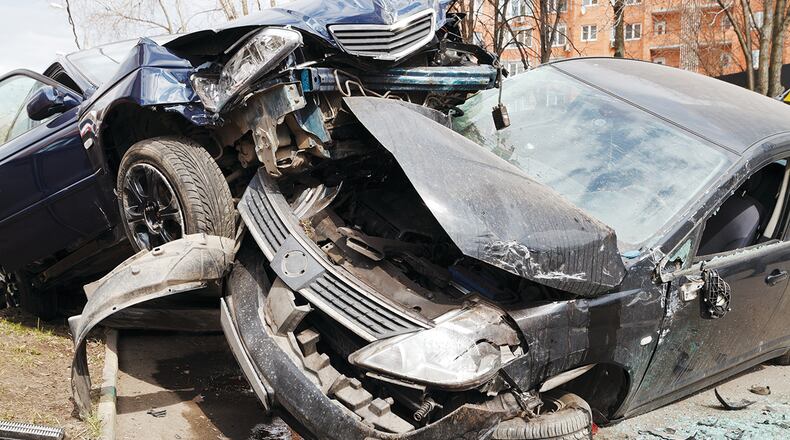- Assess your physical condition. The III recommends people involved in accidents check themselves for injuries in the immediate aftermath of an accident. Call 911 if you are hurt. If you’re seriously injured, try to remain still and only move with the assistance of emergency response personnel.
- Assess passengers’ physical condition. Drivers who are not too hurt to move can check on their passengers after assessing their own condition. Before moving a passenger who is injured, speak with an emergency response professional. This person can assess the situation and determine if it’s safe to move an injured passenger or if it’s best to wait for first responders to arrive on the scene.
- Get to a safe place. If possible, move to the side of the road or a sidewalk. If it’s safe to move a vehicle and the vehicle is in a hazardous position, such as in the middle of the road, pull it to the side of the road. If the vehicle won’t start of you suspect it could be dangerous to move it, leave the car where it is and get yourself and any passengers who can move to the side of the road or a sidewalk.
- Call 911. If you have not already done so, call 911 once you have gotten to a safe place. The III notes that no accident is too minor to involve the police, and some local laws even mandate that all traffic accidents be immediately reported. Be sure to fill out an accident report, which can be vital for drivers who intend to file claims with their insurance providers.
- Turn the vehicle off. If the vehicle is still running, turn it off. Turn on the vehicle’s hazard lights and, if you can physically do so and it’s safe to do so, place road flares around the car to warn fellow motorists.
- Exchange information. Exchange contact and insurance information with the other driver once everyone has determined they are not injured. The III recommends exchanging full names and contact information. Specific information like insurance companies and policy numbers, driver’s license numbers and license plate numbers, the exact location of the accident, and the type, color and model of the other driver’s vehicle also should be exchanged and noted.
- Avoid discussing fault with the other driver. Drivers will not determine who’s at fault. Such decisions are made by insurance adjusters. Discussing fault with the other driver in the immediate aftermath of an accident can lead to difficult, potentially heated exchanges.
- Document the accident. The III recommends motorists involved in accidents identify the responding police officers and ask them how to obtain copies of the official accident report. Take pictures and speak with any witnesses, jotting down their names and contact information if possible.
- Notify your insurance provider. Notify your insurance provider as soon as possible. You can even do so from the scene of the accident if you’re capable of doing so. This can jump-start the claims process.
Knowing what to do in the immediate aftermath of a car accident can calm drivers’ nerves and get them on the road to recovery that much sooner.
About the Author
